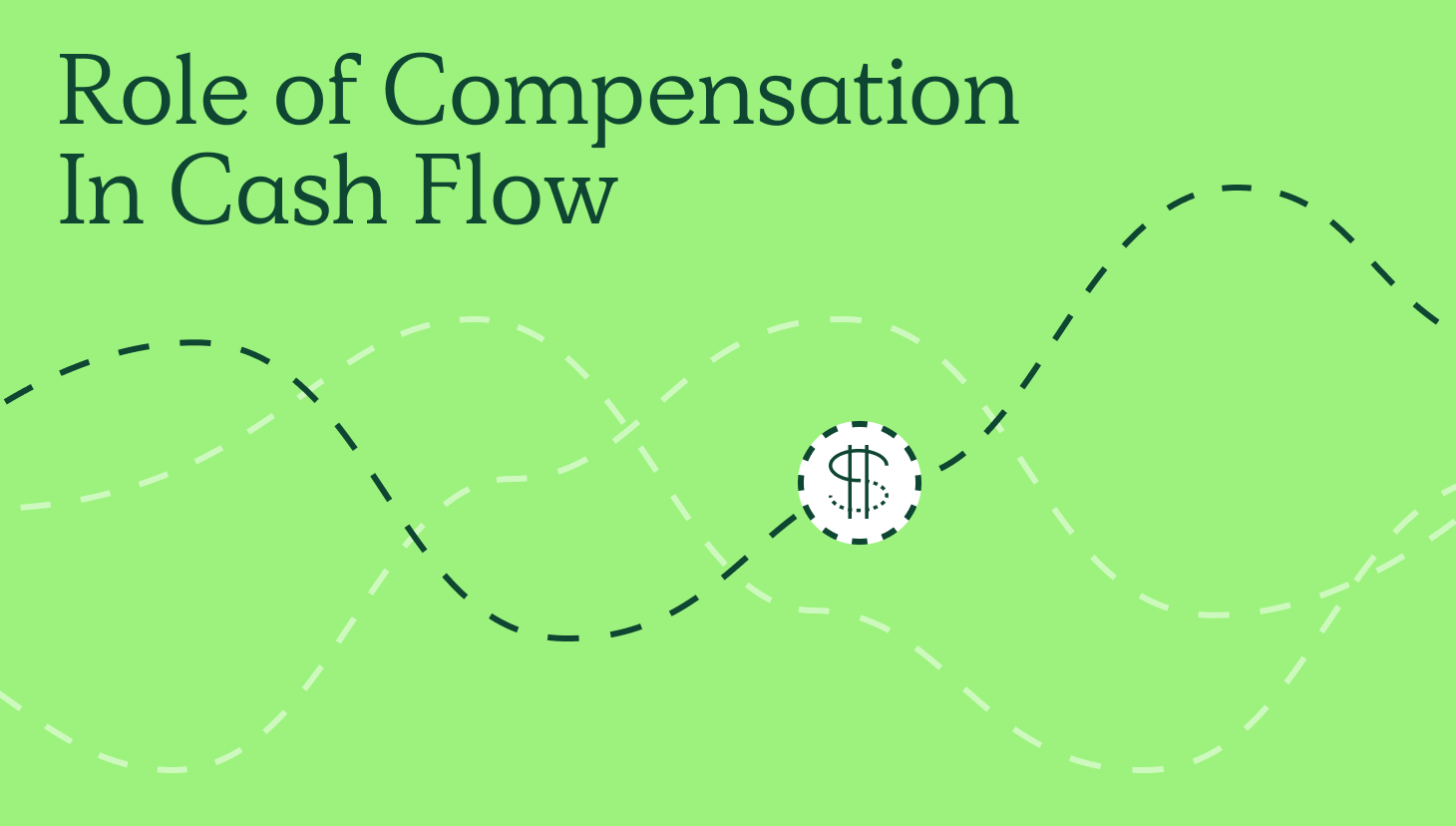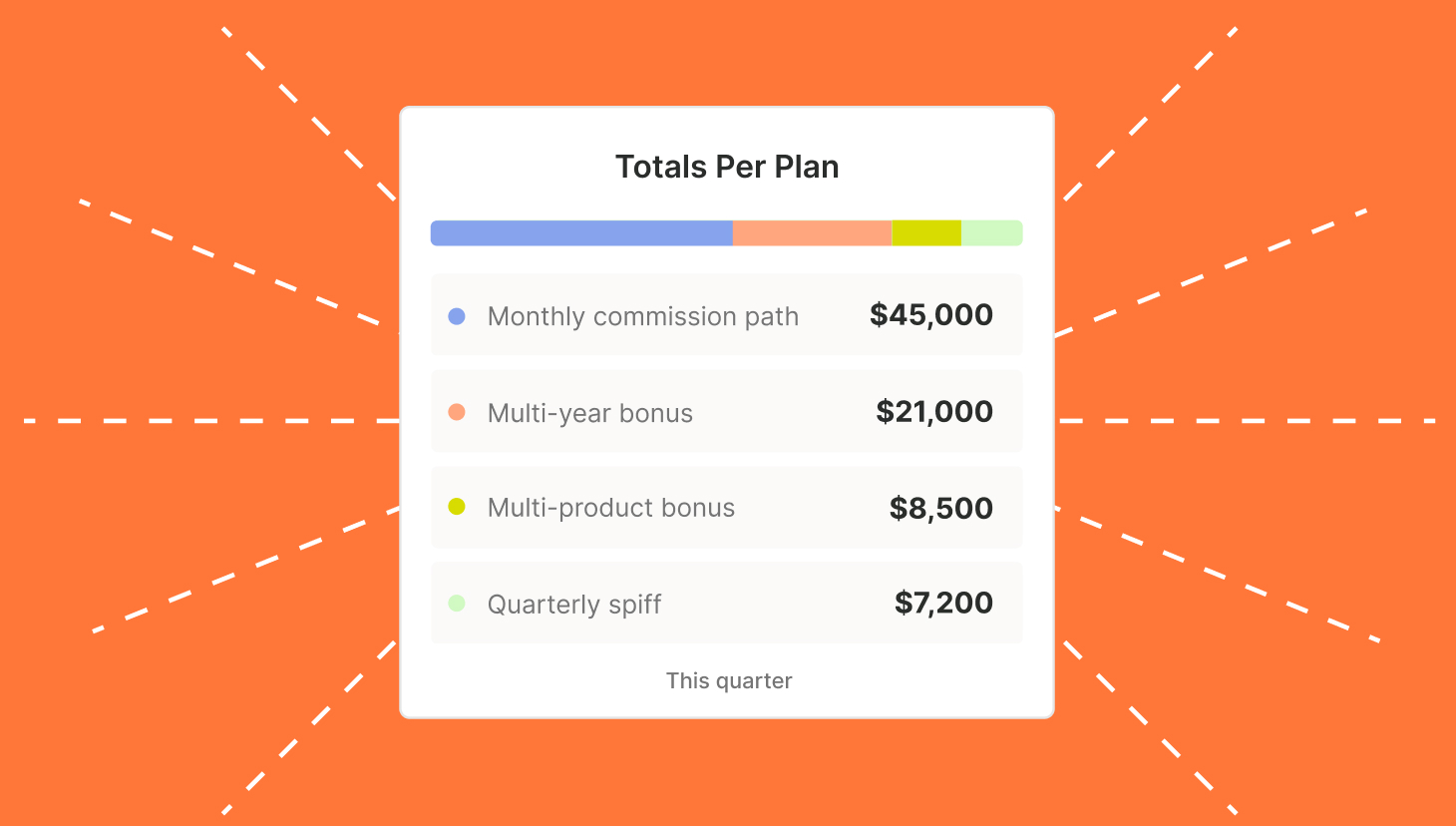To say we know sales compensation is an understatement.
We’ve held hundreds of sales compensation plan consultations and automated plan management and commission payments for thousands of plans with QuotaPath.
We’ve seen some incredible results from plans that drive the right selling behaviors, and we’ve also seen some that are so wildly complex that even the people who designed them struggle to explain them.
What separates the good from the bad?
In our experience, the commission structures that perform the best follow our sales compensation philosophy:
Every single sales compensation plan should be: simple, logical, and fair.
When your plan doesn’t adhere to the above, you’re likely to add unnecessary complexities while risking losing your team over compensation discrepancies.
Try QuotaPath for 30-days
Try the most collaborative solution to manage, track and payout variable compensation. Calculate commissions and pay your team accurately, and on time.
Try for FreeSo, how do you design a plan from the ground up or edit an existing one, while sticking to a model that’s simple, logical, and fair?
Start by ensuring your plan answers these three questions:
- How much? (on-target earning and pay mix)
- For what? (quota amount and quota frequency)
- How to execute? (commissions/bonuses)
What are the characteristics of the best incentive compensation plans?
The three characteristics of the best incentive compensation plans are: simple, logical, and fair.
This means that you make sure that at every step in building your sales compensation plans, such as establishing pay mix and on-target earnings and setting quotas and commission rates, you ensure they are simple, logical, and fair.
Below, we go through each question in the sales compensation design process.
First, answer how much
Regardless of the role you are building the plan for, account executives, sales directors, and business development reps, the first question you must answer is how much?
This means setting fair and logical on-target earnings (OTE) and pay mixes.
The OTE represents the total compensation a person in that role will make should they achieve 100% attainment. This number includes the base salary and the variable pay. The biggest challenge around setting OTEs is that they are often unrealistic. Meaning, companies lure amazing sales talent through the door with hefty OTEs that, in actuality, only 10% of the team is reaching. To check the health of your OTE, use our Free Quota:OTE Ratio Calculator.
Meanwhile, pay mix marks the ratio of base salary to on-target commission. So, if half of a rep’s OTE is base salary and the other half is variable, that means the pay mix would be 50:50.
We won’t tell you how much your OTEs should be, but we can tell you that the most common pay mix for a sales rep in SaaS is 50:50.
For determining your OTE, we recommend following trends based on industry, region, experience, and title. You can check out Betts Recruiting’s compensation guide for the most recent industry-wide numbers.

Additionally, you can reference ZipRecruiter, Salary.com, and Built In for up-to-date salary and OTE averages for common commissionable roles in tech. These numbers change based on audience input but it will give you a pretty good baseline.
Once you have your OTE set, you’ll then determine your pay mix.
Below, we’ve sourced some of the most commonly used pay mixes for various sales roles.
| Pay Mix | ||
|---|---|---|
| Role | % Base Salary | % Variable |
| Account Exec | 50% | 50% |
| Sales Manager | 50%-60% | 50%-40% |
| Sales Director | 50%-60% | 50%-40% |
| VP of Sales/CRO | 55%-65% | 45%-35% |
| SDR | 65% | 35% |
| Account Manager | 70% | 30% |
| Customer Success Manager | 80% | 20% |
| Sales Engineer | 80% | 20% |
Second, answer for what
Now you’re ready to address the second question your comp plan must answer: for what?
You will do so by determining the quota amount and quota frequency.
The first thing to remember when setting a quota is that there is no “one way” to do so. However, typically organizations will create one using some or all of the following methods:
- Guessing
- Quota:OTE ratio
- Historical performance
- Financial model
Our Chief of Staff Graham Collins wrote an excellent blog on how to set SaaS quotas. Here are the key takeaways.
1. Quotas should be equal to some multiple of their OTE.
This could be 3x the rep’s OTE or 8x and will depend on the size and stage of the company. Our rule of thumb?
Set a quota 5x that of the rep’s OTE.
This will ensure that the sales the rep brings in outweigh the cost of keeping the rep on your team.
5x Example:
OTE: $120K
Quota: $600K.
2. Consider your sales cycle length and company stage.
To ensure that your quotas are reasonable, use data and benchmarking reports from companies that match your size and sales cycle from your industry. You should also talk to peers, mentors, and your friends at QuotaPath.
3. Be ready to adjust.
You should adjust your quotas regularly to account for changes in the market, economy, and your own sales process. Plan to regularly review and adjust quotas to ensure that they remain challenging but achievable (fair) for your team.
Create Compensation Plans with confidence
RevOps, sales leaders, and finance teams use our free tool to ensure reps’ on-target earnings and quotas line up with industry standards. Customize plans with accelerators, bonuses, and more, by adjusting 9 variables.
Build a Comp PlanThird, answer how
The last question you’ll answer is how? Meaning, how will you execute the above? The answer is in designing triggers, rates, and bonuses that get your team to OTE.
Check out these simple, logical, and fair comp plan examples below.
Account executive comp plan examples:
Sales development rep comp plan templates:
- Qualified Opportunity Bonus
- Qualified Opportunity Bonus & Closed Won Commission
- Demos Completed Bonus
Account manager comp plan resources:
- How to design an account manager commission plan
- 3 commission pay examples for Account Management & Customer Success
Sales Leadership compensation package resources:
- What to include in your VP of Sales compensation package
- Sales manager compensation plans
- 5 sales compensation plan examples to get you started
Build your comp plan
You should have a solid foundation to begin building your new compensation plans. Should you need additional help, or if you want to see how QuotaPath can bring clarity and automation to your sales compensation process, please reach out to our team to schedule a chat.
You’re also invited to sign up for a free 30-day trial with QuotaPath, where you can design a plan using one of our customizable templates or build a unique plan directly in-app. Once you’ve built a plan, then you can sync your CRM and invite team members to your workspace to automate commission tracking.



